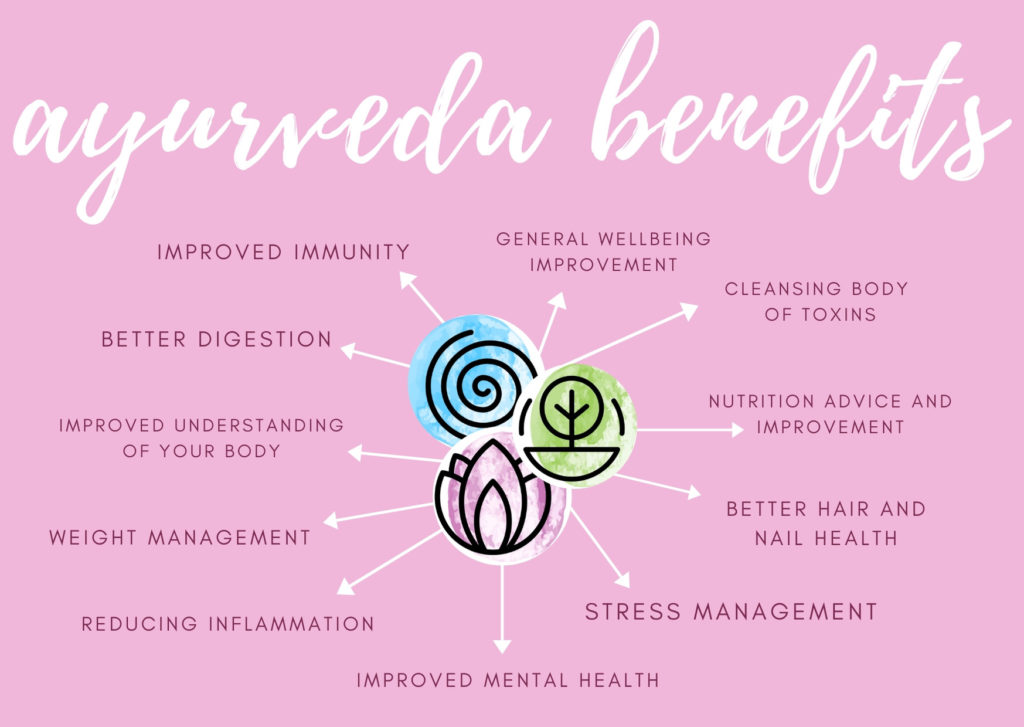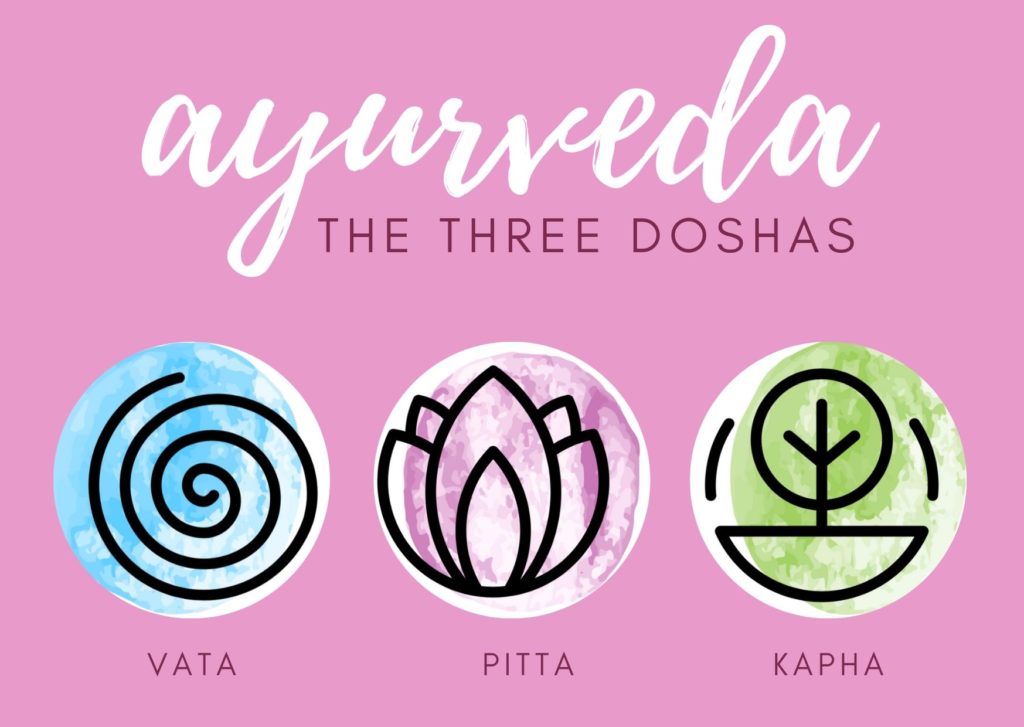If you’re looking for a super simple guide to Ayurveda for beginners – then this blog post will give you a good place to start. Keep reading to find out the basics fo Ayurveda for beginners, and to begin learning more about Ayurveda and this amazing lifestyle choice!
A way of life and a lifestyle change
Ayurveda is all about improving health (both body and mind). It’s an ancient science of understanding the body, and learning what is best for our body. Anyone who wants to live a healthier life could embrace and practice Ayurveda – it’s not limited to a certain part of the world, or a certain religion, or a certain body type.
Ayurveda, amongst all the holistic healing systems of the world, shines out as the longest unbroken tradition that is still practiced in its original form. This ancient way of life has not only survived for more than 5,000 years but is still evolving constantly. It’s now a very popular way of life – and there are people all over the world practising Ayurveda and seeing their health improve because of it.
Ayurveda views an individual as the sum total of her existence – body, mind, soul, and senses. Physical, mental, and spiritual health are parts of an inseparable trinity – any change in one will invariably reflect in the other.
In short – Ayurveda focuses on timeless principles that focus on illness prevention and health promotion. You achieve this by growing your understanding of your body, and tailoring your daily routine to this understanding. This leads to a greater understanding of yourself, and makes finding balance and harmony with your inner energies and doshas more manageable.
Over time, introducing Ayurveda into your lifestyle can help with; health, immunity, digestion, weight management, mental health, hair health, stress management, general well-being, reducing inflammation, cleansing body and much more.

What does Ayurveda mean?
Translated from Sanskrit, Ayurveda literally means “the knowledge of life” or “the science of life.” Its classical text Charaka Samhita defines it as a way of living. The origin of this healing system can be traced back to the oral traditions of ancient India, which were later documented in the fourth book of Vedas known as Atharva Veda, one of the oldest pieces of literature in the world.
Ayurvedic way of life emphasizes on promoting the quality of life and longevity through incorporating a wholesome lifestyle, diet, proper nutrition, yoga, meditation, routine, self-empowerment, and herbal supplements.
Ancient and modern versions of Ayurveda
What started in India during Vedic times has now acquired a global character of its own and is increasingly dynamic. The growing interest of the scientific community, rise of self-care practices, globalization, increased awareness has imparted a modern character to this ancient philosophy.
In 2020, Ayurveda is practised both in modern ways (with people adapting Ayurveda principles to their modern lives) and in traditional ways (with people aiming to stay true to the original Ayurveda texts). Both are equally effective, and Ayurveda is a journey of self discovery and learning what works best for you.

The growing body of research that either directly supports its principles or suggest it as something promising and worth exploring has also provided a scientific basis to its various aspects. Modern Ayurveda is a complex system being practiced both as a self-care practice and a part of the Whole Medicine System (WMS). Ayurvedic doctors and medicines are treated on par with mainstream medicine in India, even to this day. Ayurvedic medicines are also being actively studied for their active ingredients as they show promising results in preventing many threatening diseases like Alzheimer’s, tumors, inflammation, oxidative stress, diabetes, cholesterol, and many heart-related diseases.
Focus on prevention rather than cure
Unlike western medicine that focuses on curative measures after the onset of the disease, Ayurveda focuses on the promotion of health by incorporating a multidimensional approach that enhances wellbeing at every level. The goal of Ayurveda is not to cure a disease, but prevent it from happening in the first place.
In fact, this is a significant feature of all eastern healing systems that sets them apart from western medicine. While medical science equates health as being disease-free, Ayurveda views health as an optimal state of body and mind that enables an individual to feel and perform her best – physically, emotionally, and intellectually.

Yoga – the sister science
Yoga is a sister science of Ayurveda, having originated from the same ancient Vedic knowledge. In fact, the relation between both these sciences is not just historical, they relate in their very purpose. Yoga and Ayurveda are closely linked, and you’ll find your knowledge of both disciplines growing in turn.
While both Ayurveda and yoga are a complete system of beliefs in themselves and do not depend on each other, their purpose is the same. Both these sciences aim to achieve an optimal state of wellbeing, and a thorough understanding of one complements the benefits of another in every way. You’ll find lots of information and advice about yoga on this website too – to help you along the way!

The next step to take!
A lot of the decisions and choices you make when living an Ayurveda lifestyle, will be made in accordance to your dosha.
Ayurveda teachings show that our body contains 3 distinct energies (that help power the body and it’s functions). These energies are called ‘dosha’ and their names are Vata, Kapha, and Pitta. You can learn more about them by clicking here.

Although these energies are found in each of us, each person has a different ‘combination’ of these energies. It’s important to find out what your combination is before starting to make changes to your lifestyle. Once you’re learnt which energies are more present in your body, and which are less, you can begin to make educated changes to things like routine and diet, and those changes will have a far more noticeable effect.
So, with this in mind, your first step from here, will likely be to take a dosha test. We’ve created a list of dosha tests you can take for free on our website – so I recommend checking that out.
Once you’ve learnt your dosha constitution, and which doshas are most present in your body – you can read about how that affects you here…
Everything you need to know about the Kapha dosha
Everything you need to know about the Pitta dosha
Everything you need to know about the Vata dosha




